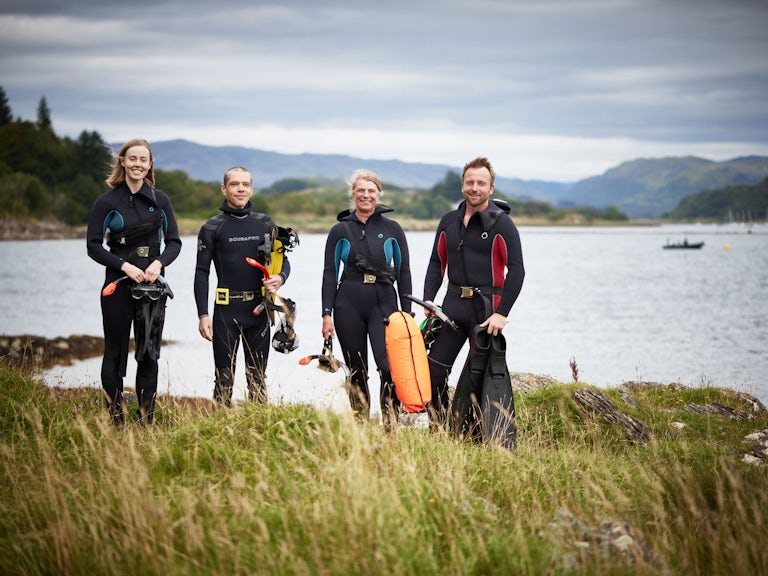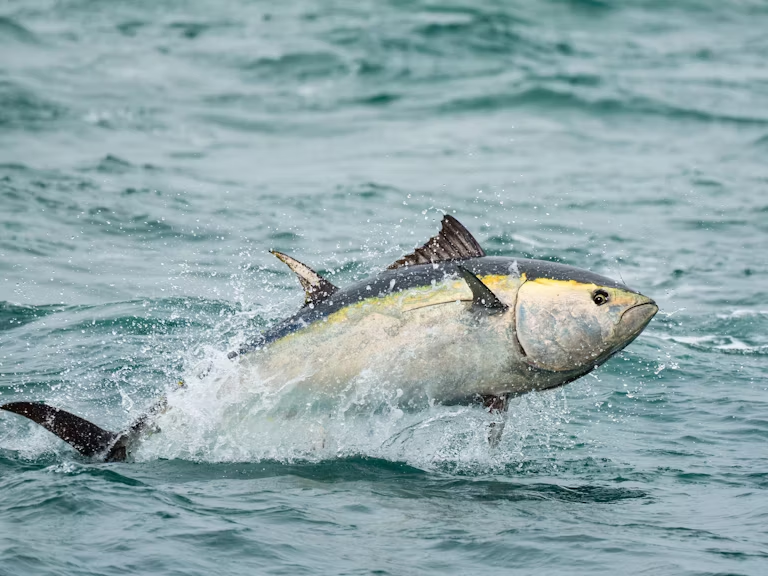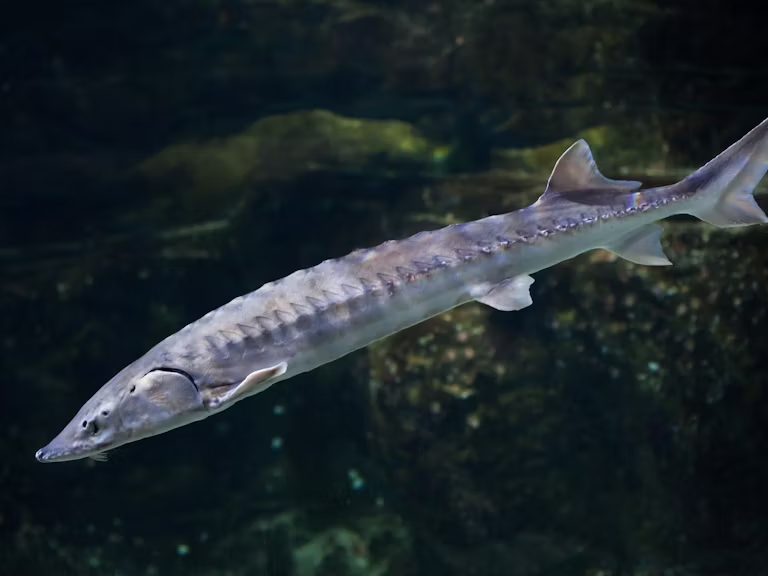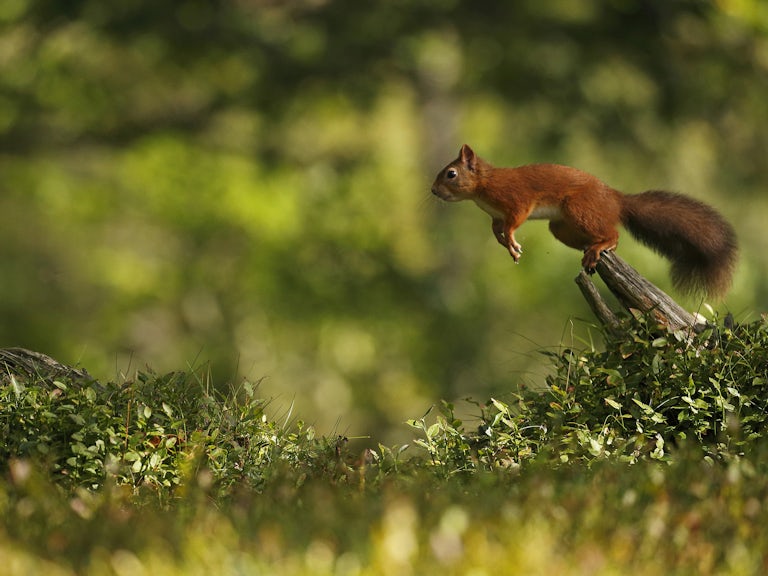European eel
Anguilla anguilla
A critically endangered fish that was once common in our rivers.
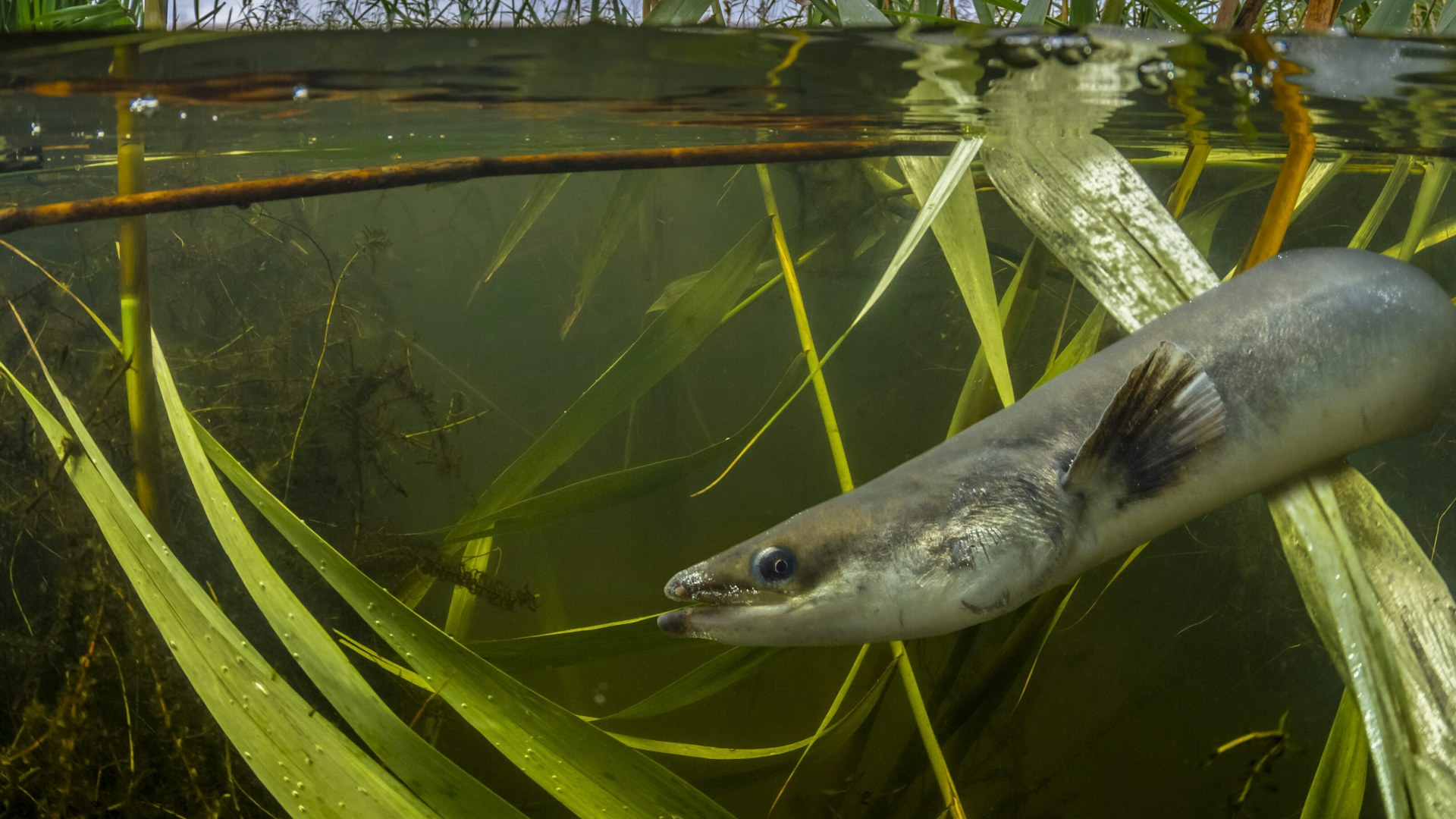
How it shapes the landscape
Eels play an important role in maintaining balanced aquatic ecosystems. Their severe decline in Britain has significant implications, as they once comprised over 50% of fish biomass in some European freshwater habitats and were a vital part of the food web.
Predators like otters, bitterns and herons rely on eels for their high-fat content, while elvers serve as an essential food source for many species during the spring breeding season. In essence, eels are crucial for the survival of other wildlife.
Where it likes to be
European eels have a complex life cycle and it wasn’t until recently that their migration to and from the Sargasso Sea, an ocean gyre near Bermuda, was fully understood [1]. Young eels, known as glass eels, arrive in European freshwater after crossing the Atlantic as larvae – a distance of 5000 – 10,000km.
As they move inland, juvenile eels – called elvers – settle in rivers, lakes, streams, ditches and estuaries where they mature until they’re ready to reproduce. At that point, they leave our freshwater environments and journey back across the Atlantic to the Sargasso Sea to lay their eggs.

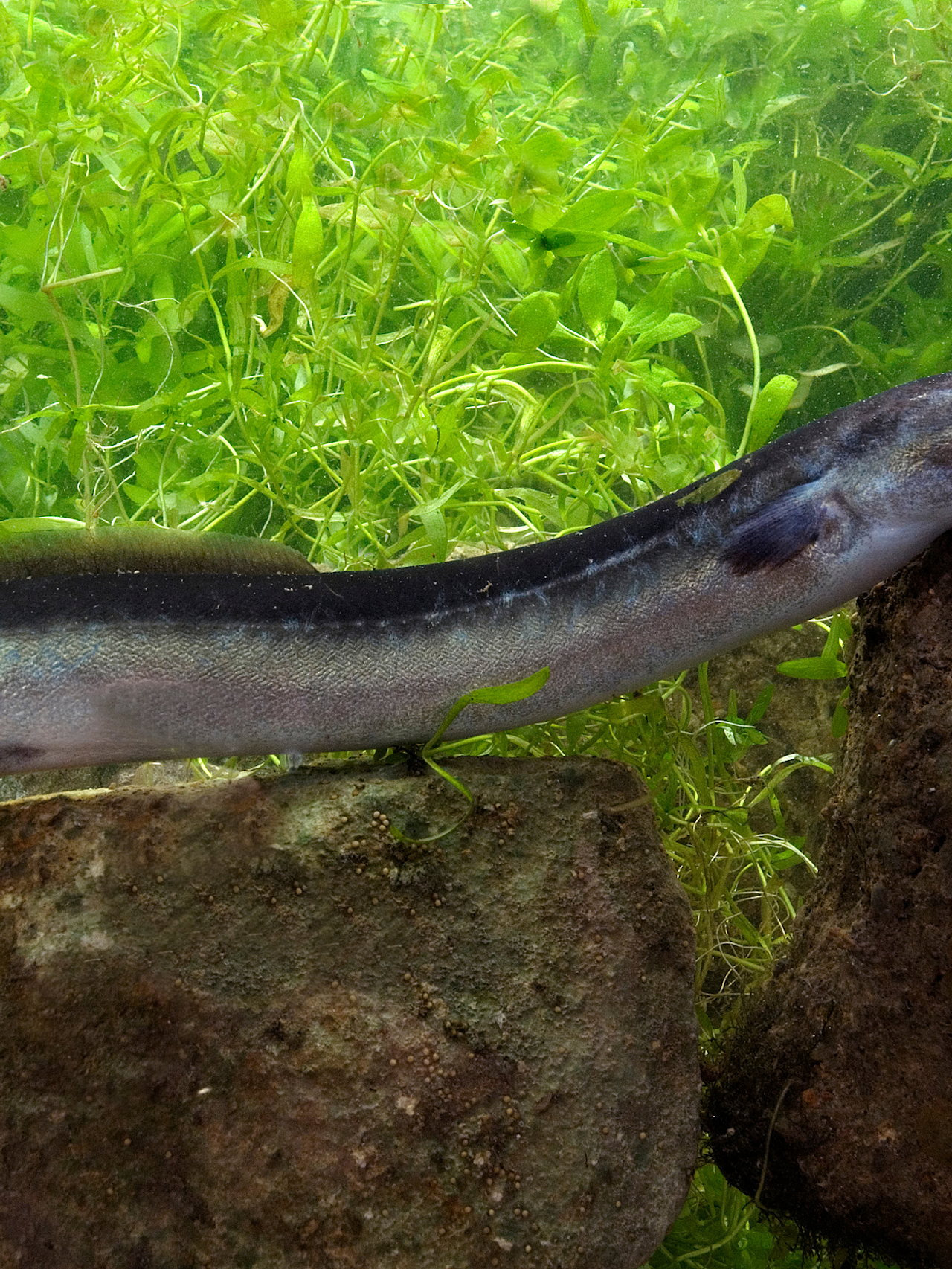
Did you know?
Eels can trap water in their gills, allowing them to travel across land from one resting or feeding site to another.
How much space they need
Access to food, high-quality habitat and an uninterrupted migration route to the open sea are vital for this species. European eels predominantly eat molluscs, crustaceans and fish, but they’re also scavengers that feed on dead fish.
Their sudden population decline is likely due to overfishing, barriers on migratory routes, habitat loss/degradation, disease, changes in Atlantic currents and pesticide and heavy metal pollution in our waters. Yet, we still don’t fully understand what’s causing the decline in eel populations.
Background story
According to the most recent International Union for Conservation of Nature assessment, European eels are critically endangered in Britain and Europe. In the last 25 years, the species has experienced a catastrophic decline, with a 95% reduction in its population across Britain [3].
European eels were once a significant part of British life and a common part of our diet – jellied eels and eel pies are traditional English dishes. Today, the illegal trade of this species has made it one of Europe’s largest wildlife crimes [4].

Can we have them in Britain?
Yes! However, the successful recovery of European eels necessitates targeted rewilding efforts. Our understanding of their biology and ecology remains very limited, making it necessary to continue expanding our knowledge of this species. Protecting Britain’s habitats and limiting human impact are also required if we want their population to recover.
As a migratory species, it’s crucial to maintain a wild and healthy Atlantic Ocean, along with clean and natural rivers and streams. Fish passes and other structures can help eels bypass barriers in rivers during their migration.
Currently, no effective breeding program for European eels exists. So, their comeback relies heavily on the protection and restoration of wild populations and their habitats.
In summary
- Its spawning migration across the Atlantic into European freshwater is one of the world’s longest and most complex fish migrations.
- While we don’t know its typical lifespan in the wild, they tend to live around 80 years on average in captivity.
- This fish isn’t easy to spot and prefers to hide in the dark at the bottom of rivers and lakes.
- Restoring eel populations means protecting and reconnecting their habitats.
- Wright, R. M., et al. (2022). First direct evidence of adult European eels migrating to their breeding place in the Sargasso Sea. Scientific Reports, 12(1).
- Scales H. (2019). Why the once common European eel is now Critically Endangered (and what can be done about it). Wildfowl and Wetlands Trust (WWT).
- Walker P. (2019). Why saving the European eel matters. The Ecologist.
- Davis J. (2018). You are probably completely unaware of the largest wildlife crime in Europe. Natural History Museum.
